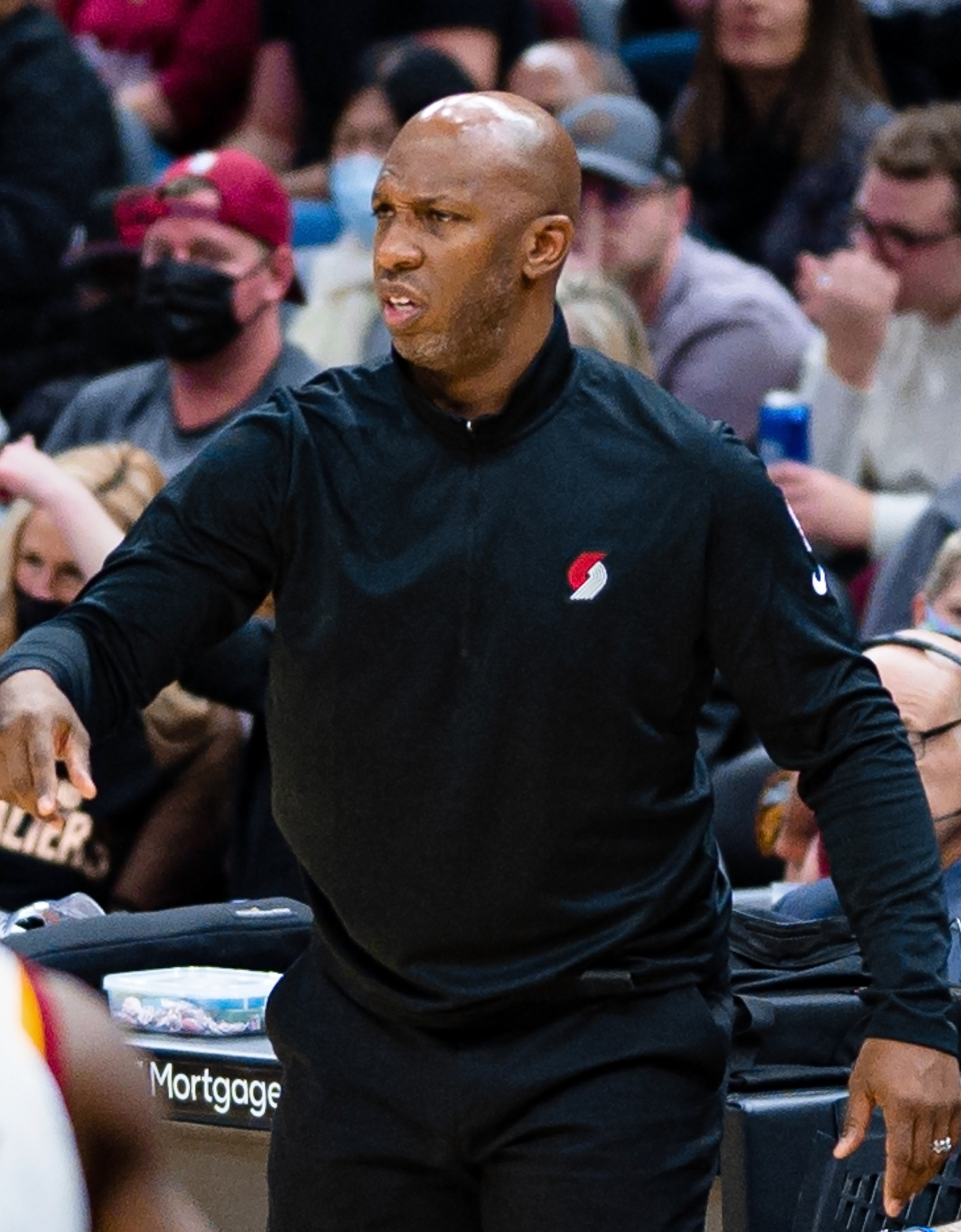Beyond the moneyline: props open new doors for strategy
From strikeouts to stolen bases, there’s a bet for every fan
Learn how to read value, manage risk, and keep it fun
The Basics of Baseball Prop Bets
Baseball might be America’s pastime, but for many bettors, it’s also a masterclass in patience. A nine-inning game offers hundreds of data points, every pitch, swing, and substitution can change the outcome. That’s where prop bets come in.
A prop bet (short for proposition bet) isn’t about who wins or loses. Instead, it focuses on specific outcomes inside the game. Think: How many strikeouts will the starting pitcher record? or Will Shohei Ohtani hit a home run tonight?
Unlike moneyline or run-line bets, props turn every inning into a micro-battle. Even if the scoreboard’s lopsided, your wager can still be alive.
Types of Prop Bets in Baseball
Baseball offers two main categories: player props and team/game props.
Player props are the most popular. Common examples include:
Pitcher strikeouts (e.g., “Over/Under 6.5 Ks for Max Scherzer”)
Batter totals (hits, runs, RBIs, or home runs)
Stolen bases or walks
Total bases (a stat combining singles, doubles, triples, and homers)
Team props are broader. These might ask:
Will the Yankees score first?
Which team will hit more home runs?
Total runs scored by one team (Over/Under 4.5)
Then there are game props like whether the first inning will have a run (“Yes/No F5” bets) or if extra innings will be needed.
Finding Value: Reading the Numbers
The secret to prop betting is finding value, not just action. The best bettors think in probabilities, not fandom.
Let’s say Ohtani’s home run prop is +400 (meaning a $100 bet pays $400 profit). That implies about a 20% chance he goes deep. If your research — maybe his recent form, the opposing pitcher’s fly-ball rate, and weather conditions — suggests his true odds are closer to 30%, you’ve found value.
Baseball is data-heavy, and that’s your advantage. Look for matchups: lefty vs. righty splits, stadium factors (Coors Field vs. Petco Park), and bullpens that leak runs late.
Avoiding Common Mistakes
The biggest mistake new bettors make? Too many plays. Prop markets are fun, but they’re also volatile. Stick to a few well-researched angles per night.
Also, avoid emotional bets. Just because you want Mookie Betts to hit a home run doesn’t mean the numbers back it up. Check the odds movement — if a line shifts sharply, sharp bettors likely found something.
Finally, manage your bankroll. Keep each prop wager to 1–3% of your total roll. Small edges compound over time; wild swings empty wallets.
The Bottom Line
Prop bets make baseball personal. Every pitch feels meaningful, every player performance matters. But to profit long-term, you need discipline, research, and perspective.
Start small. Track your bets. Learn what markets you read best — pitcher strikeouts, team totals, or first-inning results. Over time, you’ll see patterns — and that’s where your edge lives.
In short: bet smart, bet small, and remember baseball is a grind. Enjoy the game, respect the odds, and when in doubt, let the numbers, not your heart, call the play.



